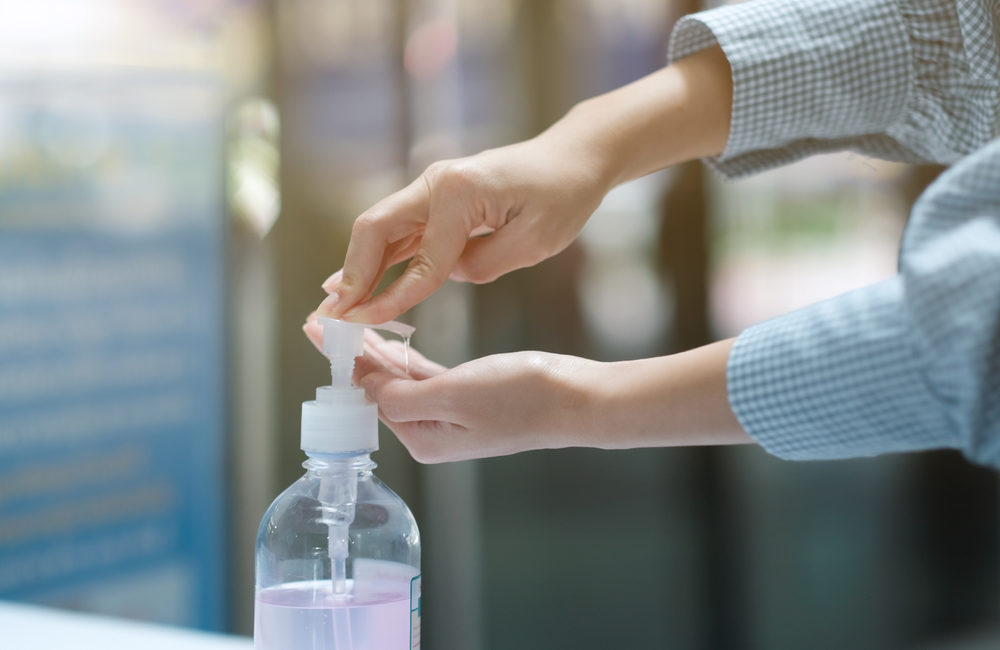In June we told you about the U.S. Food and Drug Administration (FDA) urging consumers to avoid certain hand sanitizers that may contain methanol. Now, the FDA is including at least 75 hand sanitizers in their warning to consumers. The toxic hand sanitizers pose a serious risk to consumers. While not specifically a medical device or drug, hand sanitizers are a incredibly relevant part of American life due to COVID-19.
FDA Expands List of Toxic Hand Sanitizers
According to the FDA, there is a significant number of toxic hand sanitizers that contain methanol. The product labels state that they contain ethanol, or ethyl alcohol, but they actually contain methanol.
Some of the toxic hand sanitizers identified by the FDA have been recalled. Others are subject to the FDA’s warning only. It appears that all of the toxic hand sanitizers are manufactured in Mexico. The FDA warns that,
“Methanol is not an acceptable active ingredient for hand sanitizers and must not be used due to its toxic effects. Consumers who have been exposed to hand sanitizer containing methanol and are experiencing symptoms should seek immediate treatment for potential reversal of toxic effects of methanol poisoning.”
For a full list of the toxic hand sanitizers, visit the FDA’s Methanol Contaminated Products List.
Dangers of Exposure to Methanol
Methanol, also known as wood alcohol, is a chemical that is toxic when ingested or absorbed through the skin. It is most commonly used as a solvent, pesticide or alternative fuel source. According to the Centers for Disease Control and Prevention (CDC), consumers risk exposure to methanol by inhalation, ingestion, eye contact or skin contact.
The FDA has received several reports of adults and children suffering adverse events due to methanol ingestion. These adverse events include serious illness, hospitalizations and even deaths. Methanol metabolizes in the body causing accumulation of acid in the blood (metabolic acidosis). This can lead to a variety of serious health consequences.
Consumers who have been exposed to methanol may experience the following symptoms:
- Nausea
- Vomiting
- Headache
- Blurry vision
- Blindness (may be permanent)
- Seizures
- Coma
Symptoms may develop between one and 72 hours after exposure. Anyone experiencing these symptoms after exposure to methanol should seek medical attention immediately.
The FDA further warns that adolescents or adults who consume hand sanitizer as a substitute for alcoholic beverages are particularly at risk for methanol poisoning, which can be fatal. Symptoms of methanol poisoning include:
- Drowsiness
- Reduced level of consciousness
- Confusion
- Inability to coordinate movement of muscles (ataxia)
- Heart failure
- Respiratory failure
People with methanol poisoning who experience seizures or a coma alongside metabolic acidosis are at an increased risk of complications or deaths. The CDC also notes that the prognosis for these patients is poor.
Treating Methanol Poisoning
Methanol poisoning can be reversed by healthcare providers if medical attention is sought quickly. According to the CDC, fomepizole and ethanol are suitable antidotes and may reduce the likelihood of complications. More generally, treating methanol exposure or poisoning depends on the route of exposure and the symptoms.
CDC Recommendations for Proper Hand Hygiene
While hand sanitizer is a good substitution for times when washing your hands is not possible, the CDC continues to recommend proper hand hygiene as the best way to prevent spread of viruses and bacteria. According to the CDC, proper hand hygiene includes:
When to Wash Your Hands:
- Before and after:
- Preparing food
- Eating food
- Assisting someone who is sick
- Treating a wound or cut
- After:
- Changing diapers
- Handling pets or pet foods
- Touching garbage
- Blowing nose, sneezing or coughing
- Using the toilet
How to Wash Your Hands
The CDC’s hand washing guidelines recommend the following:
- Rinse your hands with clean water
- Lather your hands with soap
- Rub your hands together thoroughly lathering fingers, backs of hands and under nails
- Scrub your hands for 20 seconds
- Rinse your hands under clean water
- Dry your hands thoroughly
When You Can’t Wash Your Hands
When you can’t wash your hands, the CDC recommends using hand sanitizer. In order for hand sanitizer to be effective, you must use a product that contains at least 60 percent alcohol. Remember, it needs to be ethyl alcohol. Also, remember that the toxic hand sanitizers identified by the FDA say that they contain ethyl alcohol. Check the label before buying hand sanitizer and make sure you are not buying one of the products listed in the FDA’s warning list.
Sources:
- https://www.foxnews.com/health/fda-75-toxic-hand-sanitizers-list
- https://www.fda.gov/drugs/drug-safety-and-availability/fda-updates-hand-sanitizers-methanol
- https://www.usatoday.com/story/money/2020/07/18/hand-sanitizer-recall-avoid-these-brands-may-contain-methanol/5466054002/
- https://www.cdc.gov/niosh/ershdb/emergencyresponsecard_29750029.html
